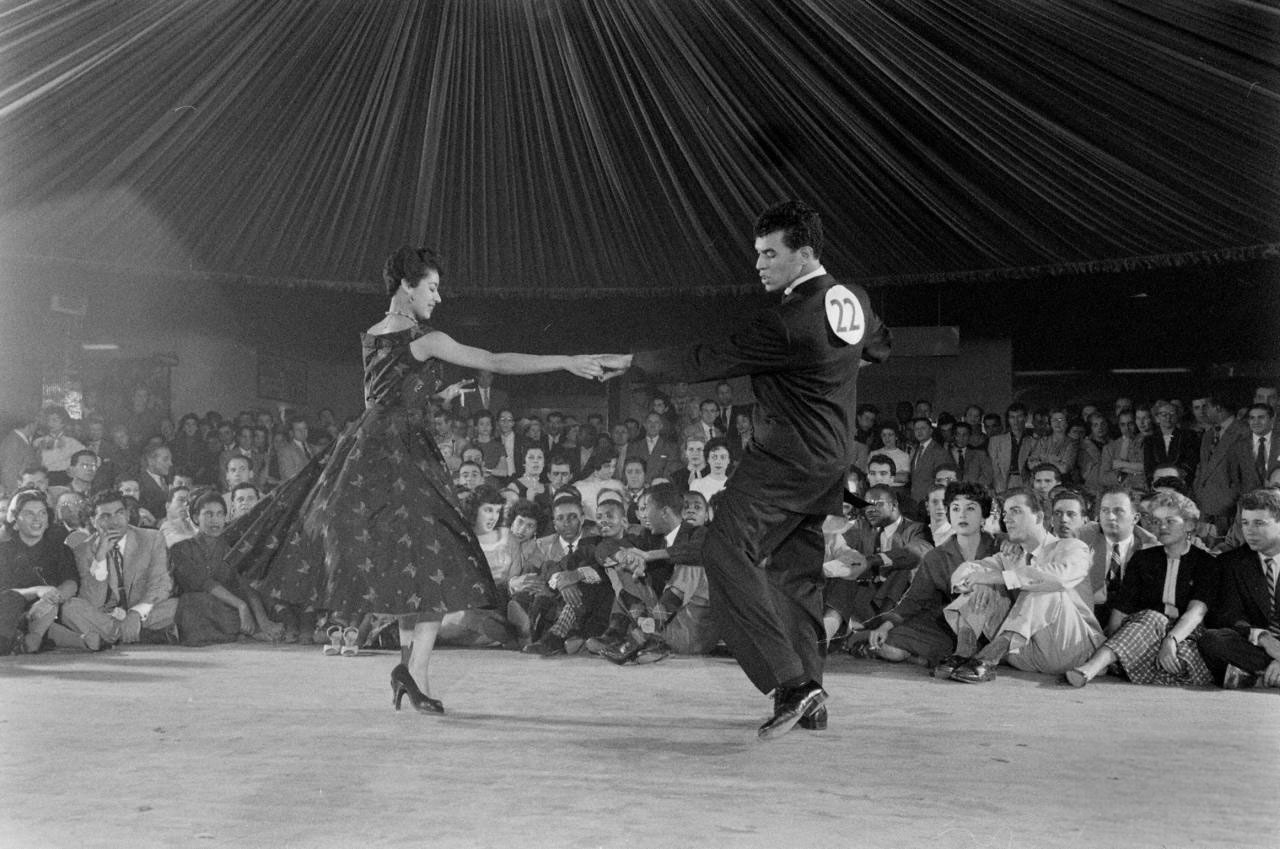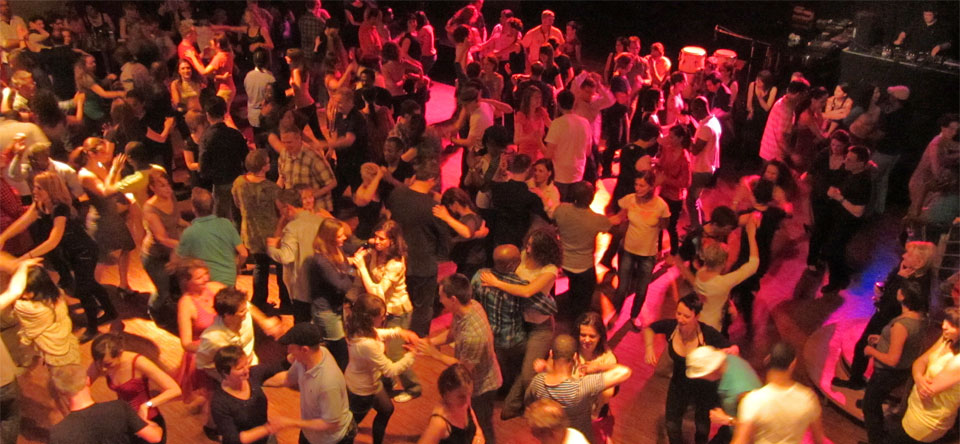The Buzz on Dance San Francisco
Wiki Article
What Does Dance San Francisco Do?
Table of Contents8 Simple Techniques For Dance San FranciscoThe 6-Second Trick For Dance San FranciscoWhat Does Dance San Francisco Do?10 Easy Facts About Dance San Francisco Explained
Dance type Salsa training in Ecuador Salsa is a Latin dance, related to the songs category of the same name, which was initial promoted in the USA in the 1960s in New York City City. Salsa is a combination of Cuban dances, such as mambo, pachanga, and rumba, along with American dancings such as swing and touch. The term "salsa" was coined by Johnny Pacheco in the 1960s in New York, as an umbrella term for Cuban dancing songs being played in the city at the time. Salsa as a dance emerged not long after, being a combination of mambo (which was prominent in New York in the 1950s) as well as Latin dancings such as Son and Rumba in addition to American dances such as swing and faucet - bay area salsa dancing.As salsa music spread to various other countries, different designs arised such as Cuban and Colombian salsa. Salsa continues to be popular worldwide with enthnographic study into salsa having been done as far as Benin, and Ghana. Salsa is a partnered dancing where the lead takes the fan with a collection of rotates and transform patterns to songs.
The standard Salsa dancing rhythm consists of taking three steps for every four beats of songs. Salsa professional dancers can likewise damage apart to dance solo, understood as "sparkles". The 2 major designs of salsa are direct and circular.
Below, professional dancers circle each other, reminiscent of East Coast Swing. Both Cuban and Colombian salsa follow this circular pattern. Integrating other dancing designing methods into salsa dancing has actually come to be extremely common for both males and women: foot job, arm job, body language, spins, body seclusions, shoulder shimmies, rolls, also hand styling, acrobatics, and lifts.
Dance San Francisco Fundamentals Explained
Salsa dancing is an international dance that can be found in a lot of municipal cities in the world. Events are held yearly, frequently called a Salsa Congress, in different host cities aimed to bring in a range of salsa professional dancers from various other cities and countries. The events bring dancers with each other to share their passion for the dance, construct community, and share actions and suggestions.Video showing salsa dance fundamentals Over the years, numerous different styles of salsa dance have actually developed around the globe. Including various other dance styling methods right into salsa dance has also ended up being usual, with dancers of one style integrating designs and activities of others to create new blends of dance styles.
It is a direct kind of salsa, where professional dancers dance in a port, comparable to LA design salsa - bay area salsa dancing. Unlike other styles of salsa, however, New York style is danced on the second beat of the songs (" on 2"), and the follower, not the leader, advances on the initial action of the songs
Among one of the most significant figures in New York style salsa is Eddie Torres. https://fliphtml5.com/homepage/ijruv (called "the Mambo King"), that is attributed with helping to formalize the on 2 salsa timing (based on mambo) and assisting to popularize it by instructing it in dancing workshops in New York and through very early instructional tapes
Little Known Facts About Dance San Francisco.
LA design salsa is danced in a line or "port" with dancers trading placements throughout the dance, unlike Cuban salsa which is danced in a more round style.In this pattern, the leader steps ahead on 1, tips to the right on 2-3 while transforming 90 levels counter-clockwise (encountering to the left), leaving the slot open. The fan then steps straight ahead on 5-6 and activates 78, while the leader makes one more 90 degrees counter-clockwise and slightly ahead, coming back right into the port.
The "Vazquez Brothers" (Luis Vazquez, Francisco Vazquez, and Johnny Vazquez) are credited for the very early development and development of LA Design. Luiz Vazquez was the founder of Los Angeles's initial salsa dance team, Salsa Brava. The Vazquez Brothers drew impact from stage dances such as faucet dance and helped create LA style's track record for fancy relocations and balancings.

Our Dance San Francisco Statements
The name Casino site is originated from the Spanish term for the casino, "Online casinos Deportivos" where much social dancing was done among the better-off, white Cubans throughout the mid-20th century and forward (bay area salsa dancing). Historically, Casino traces its origin as a companion dancing from Cuban Son, Cha Cha Cha, Danzn and Guaracha
Report this wiki page